-
 Service Tel
Service Tel
- 0512-52551712
-
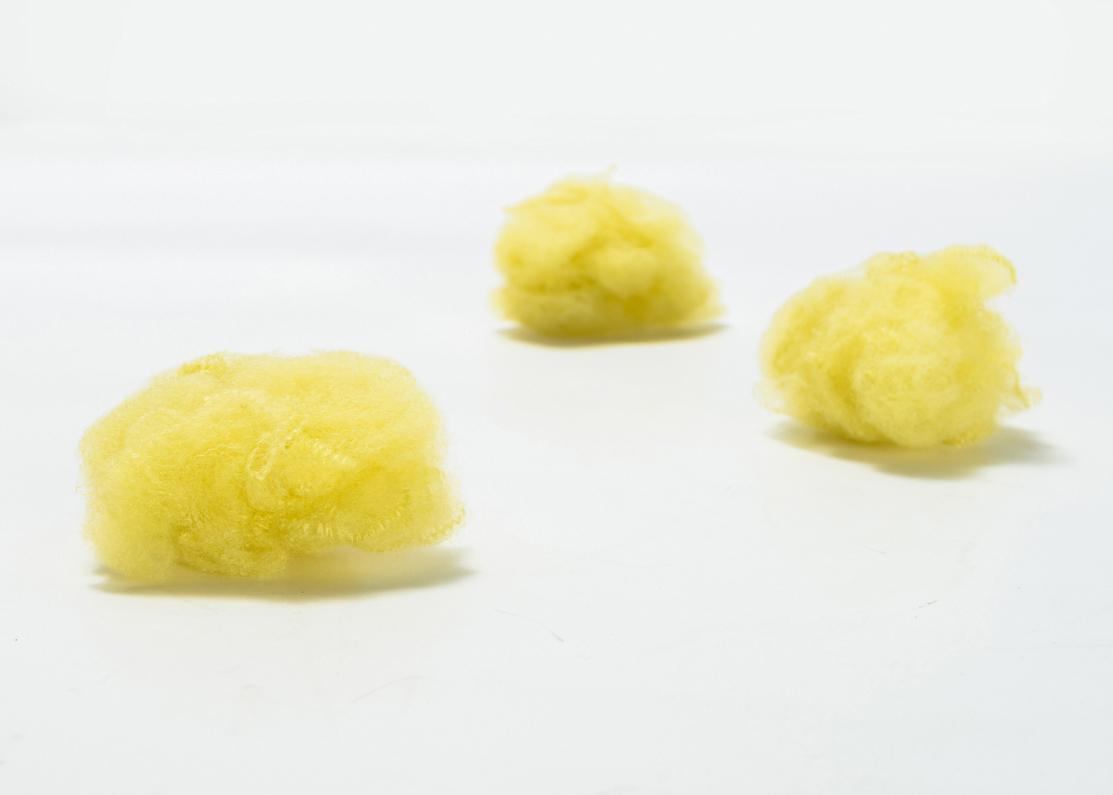
What are the applications of polylactic acid fiber in 3D printing materials
2025-04-22Polylactic acid fiber has a wide range of applications in 3D printing materials, and the following are some of the main aspects: 1.Medical Field Tissue Engineering Scaffolds: Polylactic acid fiber has good biocompatibility and biodegradability. It can gradually decompose and be absorbed in the human body without causing long-term foreign body residues. Therefore, it is widely used in the m
-
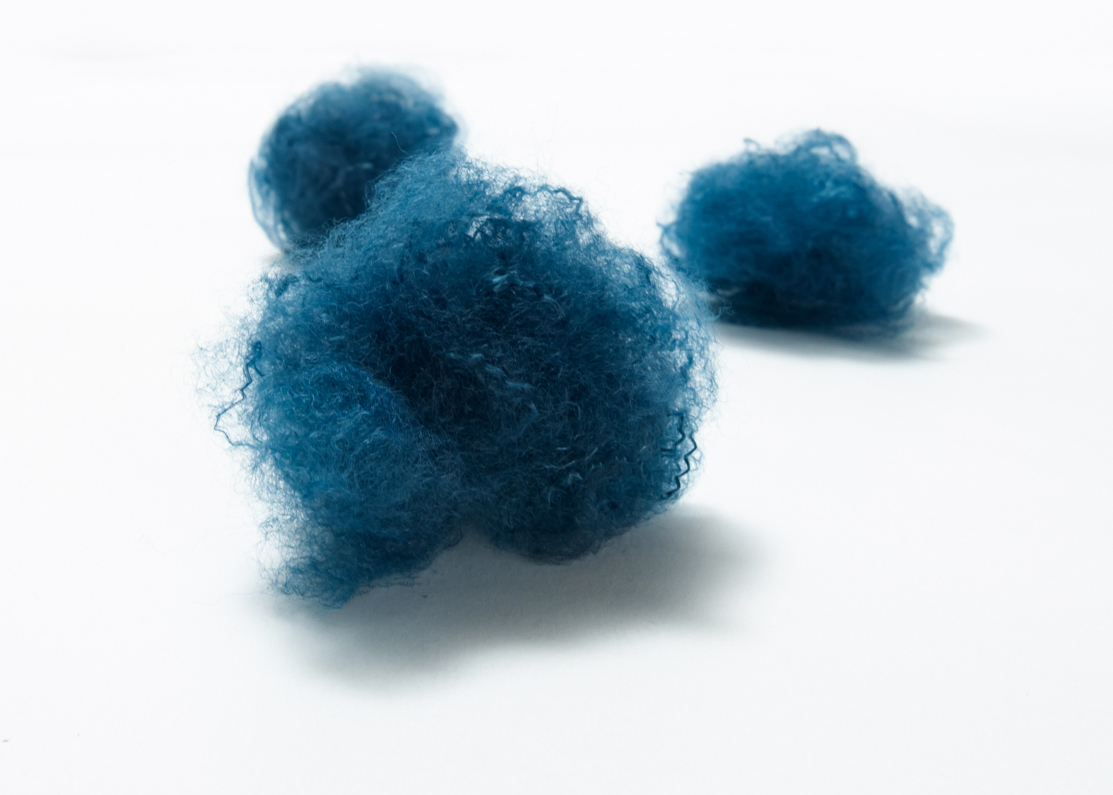
Why is the light resistance of polyester fiber good
2025-04-15Polyester fiber has good light resistance for the following reasons: 1. stability of molecular structure: the molecular chain of polyester fiber contains benzene ring structure, which has high conjugation stability, can absorb and scatter ultraviolet rays, and reduce the damage of ultraviolet rays to the molecular chain. At the same time, the ester group (-coo-) in the polyester molecular chain f
-
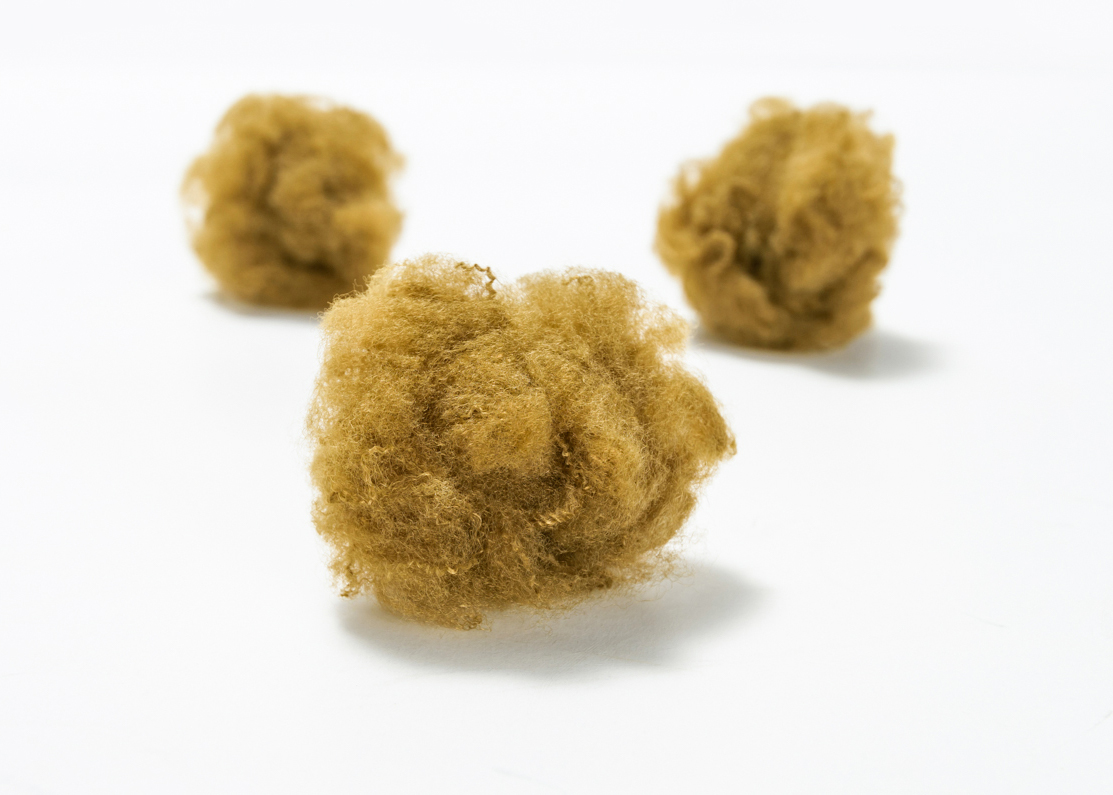
How to change the fiber properties of composite spun fibers
2025-04-08Composite spun fibers change their properties in various ways, mainly including the following aspects: 1. Combining the characteristics of different polymers: Composite spun fibers are composed of two or more polymers with different properties. For example, by combining high-strength polyester with soft polyamide, the fibers can have both the high strength of polyester and the soft feel of polyam
-
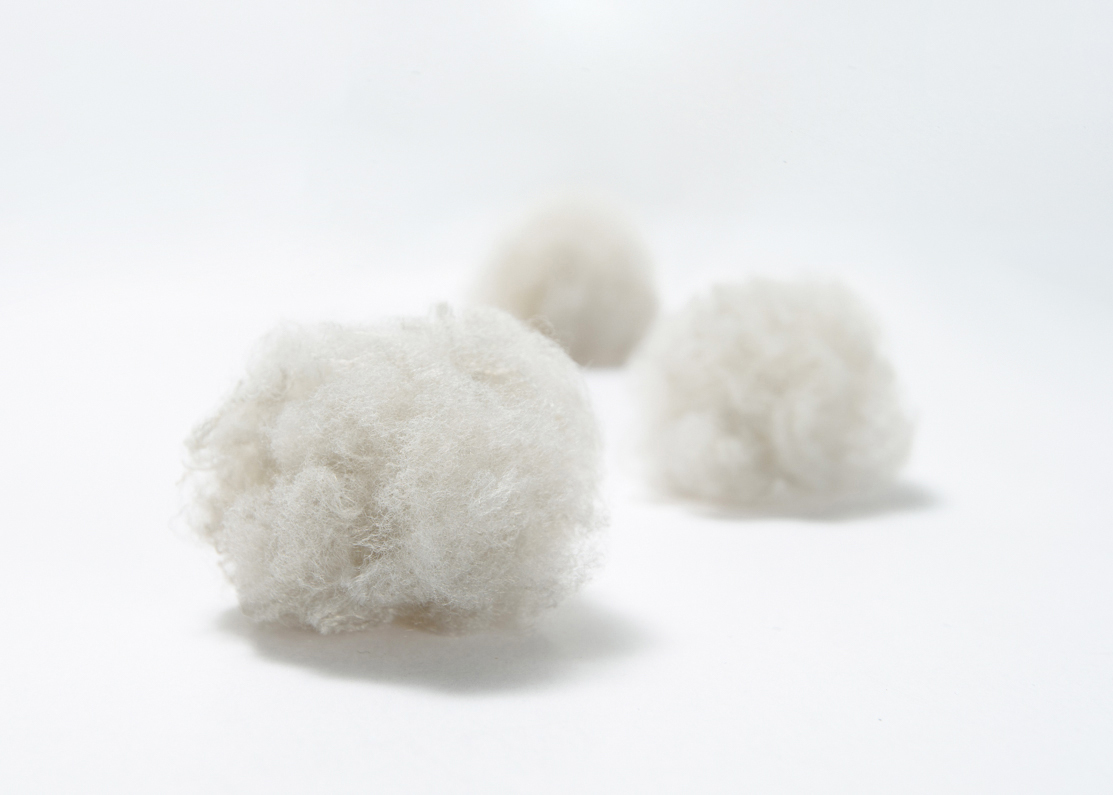
What is the difference between polyester and cotton
2025-04-01There are many differences between polyester fiber and cotton in raw material sources, performance characteristics, production and processing, and uses, as follows: 1. source of raw materials Polyester fiber: it is a kind of synthetic fiber, and its main raw materials are fossil fuels such as oil and natural gas. Poly (ethylene terephthalate) (PET) was prepared from organic binary acids an
-
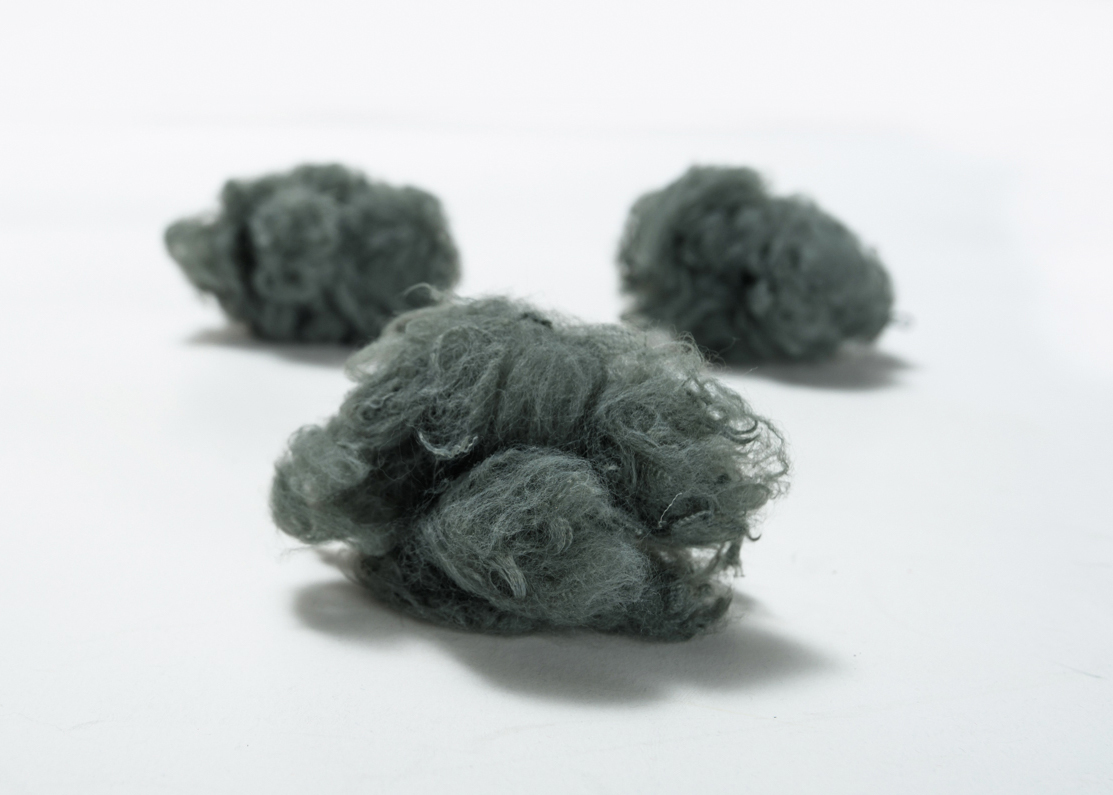
What are the physical properties of polyester fiber
2025-03-25The physical properties of polyester fiber mainly include the following aspects: 1. shape and structure: the longitudinal surface of polyester fiber is smooth and uniform, and the cross section is circular. This shape makes polyester fiber have good glossiness, and the surface reflects light evenly. The fabric made of polyester fiber has a bright appearance.
-
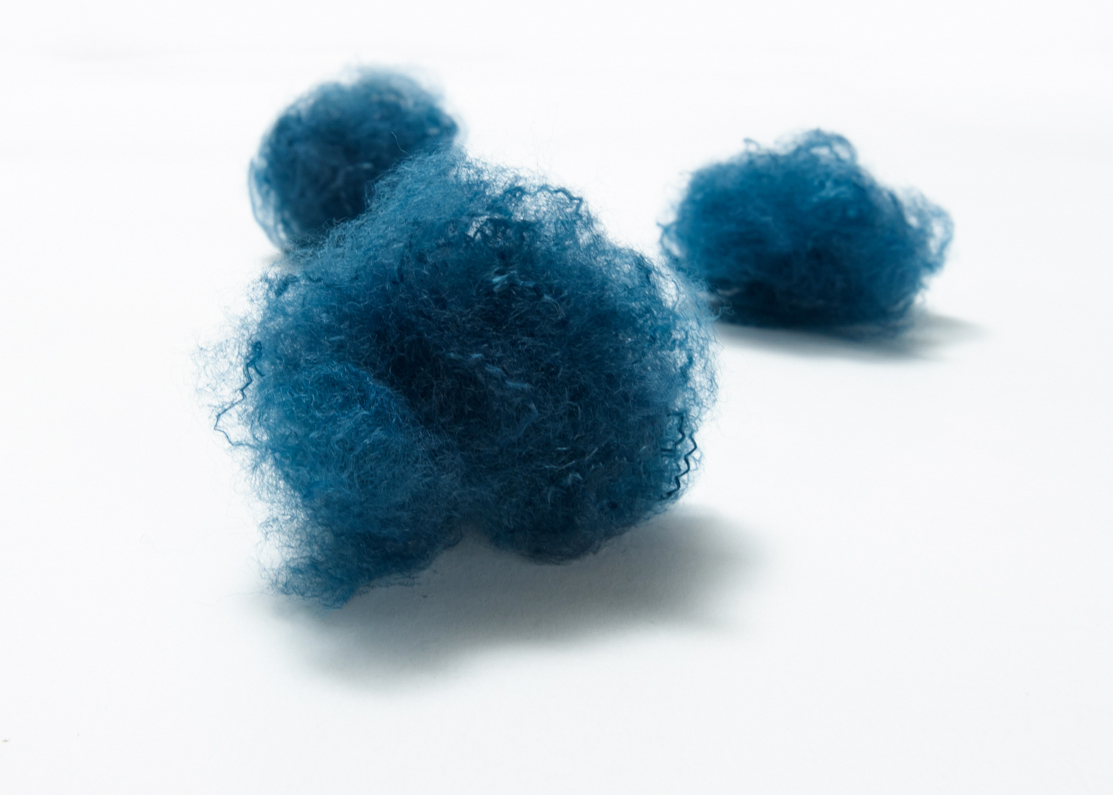
What are the specific effects of the water absorption of polyester fibers on the comfort of clothing
2025-03-18The poor water absorption of polyester fibers has both negative and positive effects on clothing comfort, as follows: 1. Negative impact Heat sensation: Due to the low water absorption of polyester fibers, sweat discharged from the skin surface cannot be absorbed in a timely manner. Sweat will accumulate between the skin and clothing, causing the skin to feel damp and stuffy, especially i
-
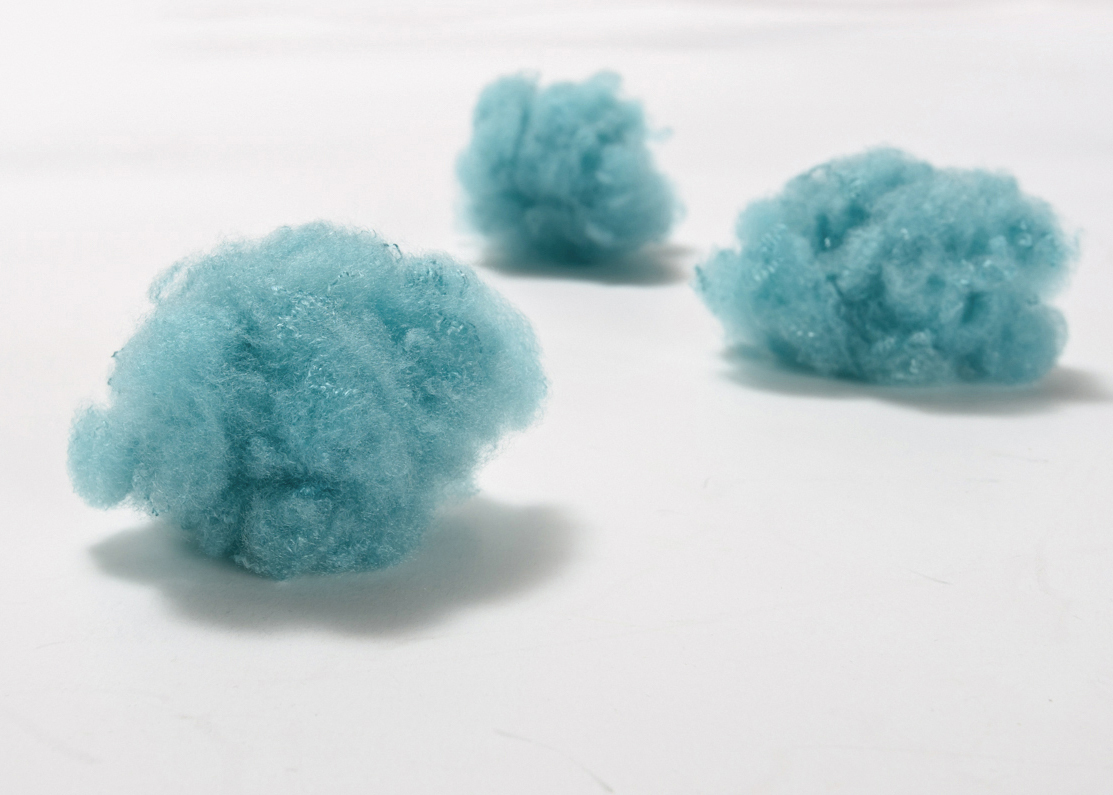
What are the advantages of polylactic acid fibers in terms of physical properties
2025-03-11Polylactic acid fiber is a fiber made from polylactic acid through methods such as melt spinning, and has the following advantages in terms of physical properties: 1. Mechanical properties High strength: Polylactic acid fiber has a certain tensile strength, with a single fiber strength generally between 3.5-5.0 cN/dtex. Compared with traditional natural fibers such as cotton and wool, it h
-
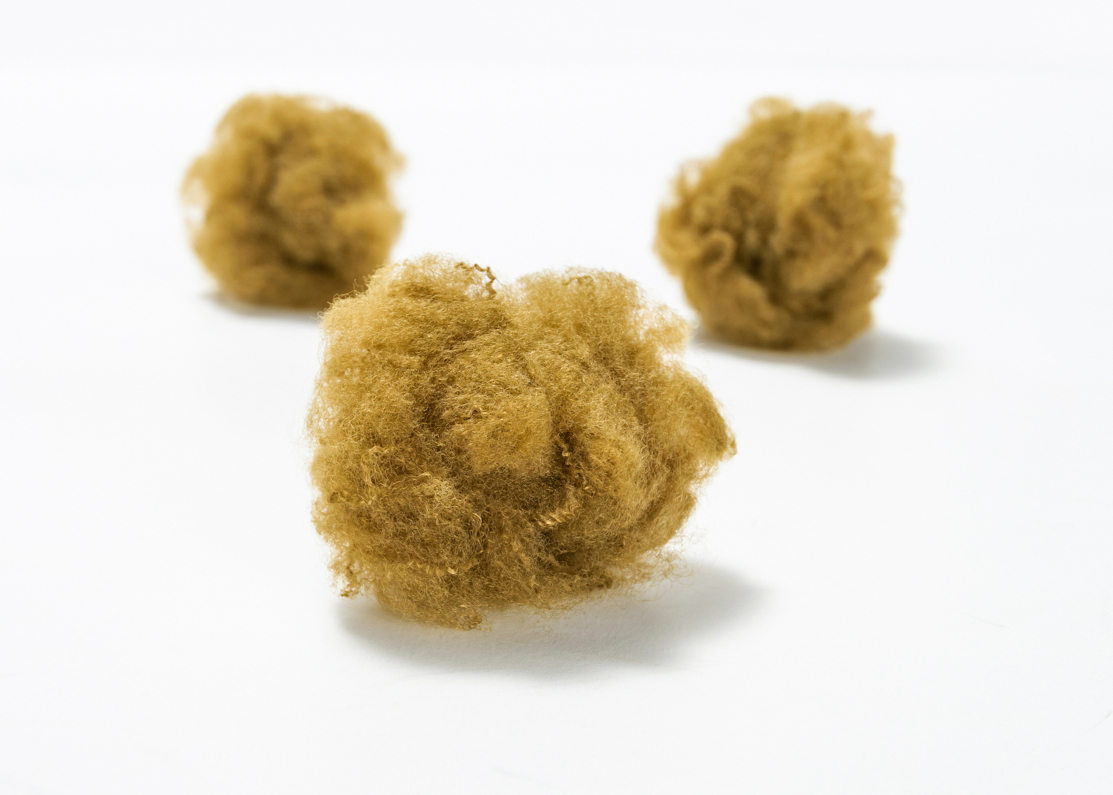
Why are composite spun fibers used in medical dressings
2025-03-05The use of composite spun fibers in medical dressings is mainly based on their advantages in performance, functionality, and processing adaptability. The following is a specific introduction: 1. Good physical properties High strength and flexibility: Composite spun fibers usually combine the characteristics of multiple fibers, such as combining polyester fibers with polyamide fibers, whic
-

Why do many industries use polylactic acid fibers
2025-02-25Polylactic acid fiber is a biodegradable synthetic fiber that is used in many industries, mainly due to its unique advantages in biocompatibility, physical properties, processing performance, and environmental protection. The following is a specific introduction: 1. Medical industry Good biocompatibility: Polylactic acid fiber has good biocompatibility and does not cause immune or inflammat
-
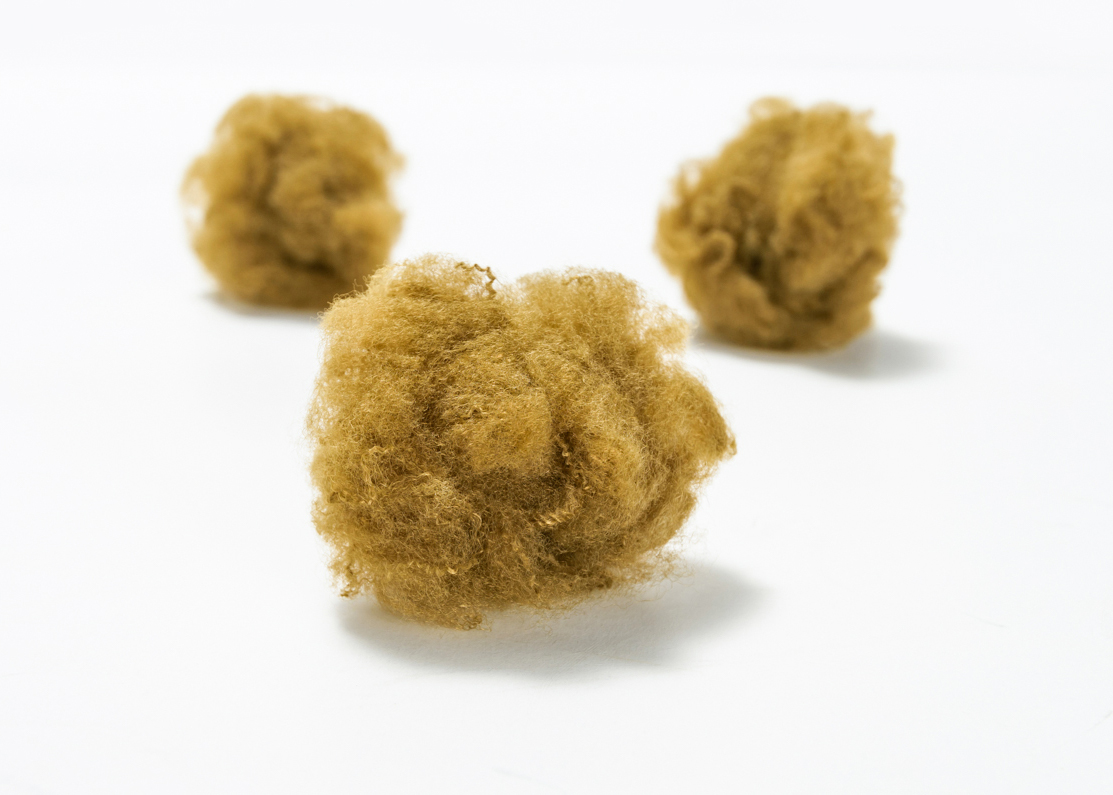
What are the applications of composite spun fibers in the medical field
2025-02-18Composite spun fibers have been widely used in the medical field due to their diverse properties, as follows: 1. Surgical sutures: Some composite fibers such as polylactic acid hydroxyacetic acid copolymer (PLGA) are combined with natural polymer materials (such as collagen) to form sutures, which have both good mechanical properties of synthetic polymers and biocompatibility and degradability of

 wechat number:
wechat number:

 Tel:0512-52551712
Tel:0512-52551712
 Address: Baziqiao village, Zhitang Town, Changshu City, Jiangsu Province (next to national highway 204)
Address: Baziqiao village, Zhitang Town, Changshu City, Jiangsu Province (next to national highway 204)
 E-mail:sales@kingcharmcn.com
E-mail:sales@kingcharmcn.com

 Wechat
Wechat
 Contact
Contact
 Telephone
Telephone